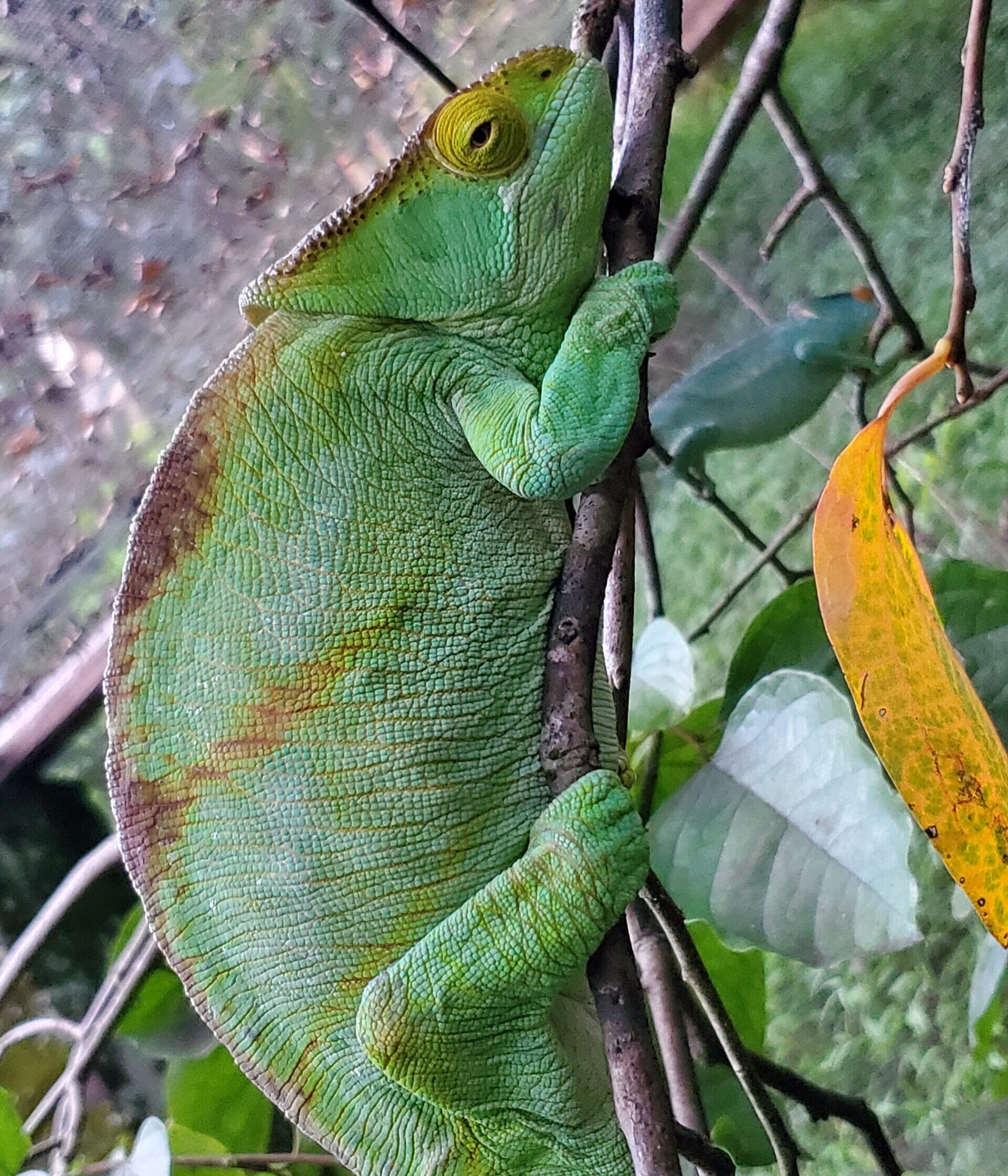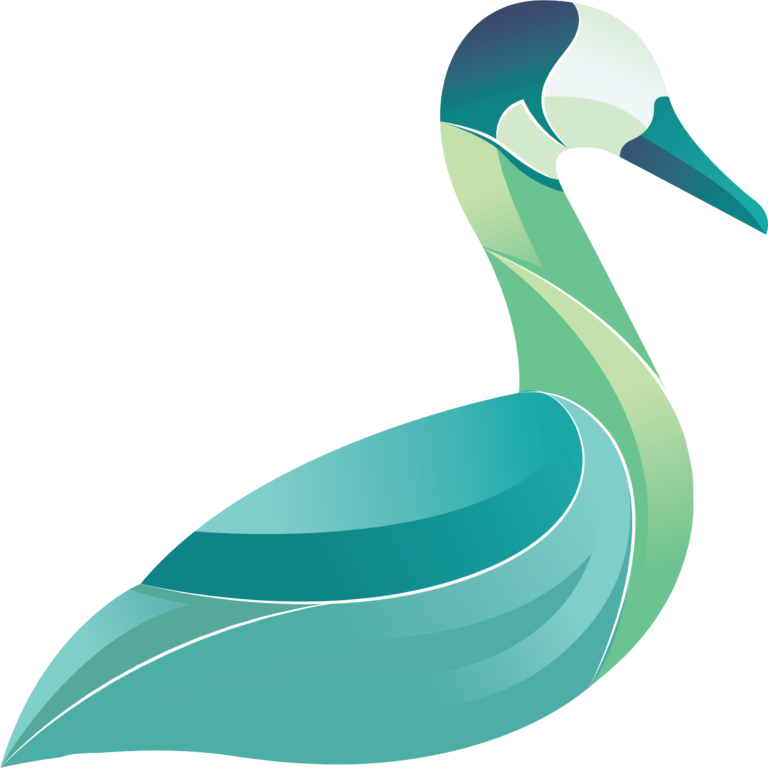The Pereyras Reserve in Madagascar is a jewel of biodiversity conservation. You’ll see an example of successful preservation of the island’s unique flora and fauna. Its history, location, biodiversity and opportunities for education and research make it a place not to be missed.
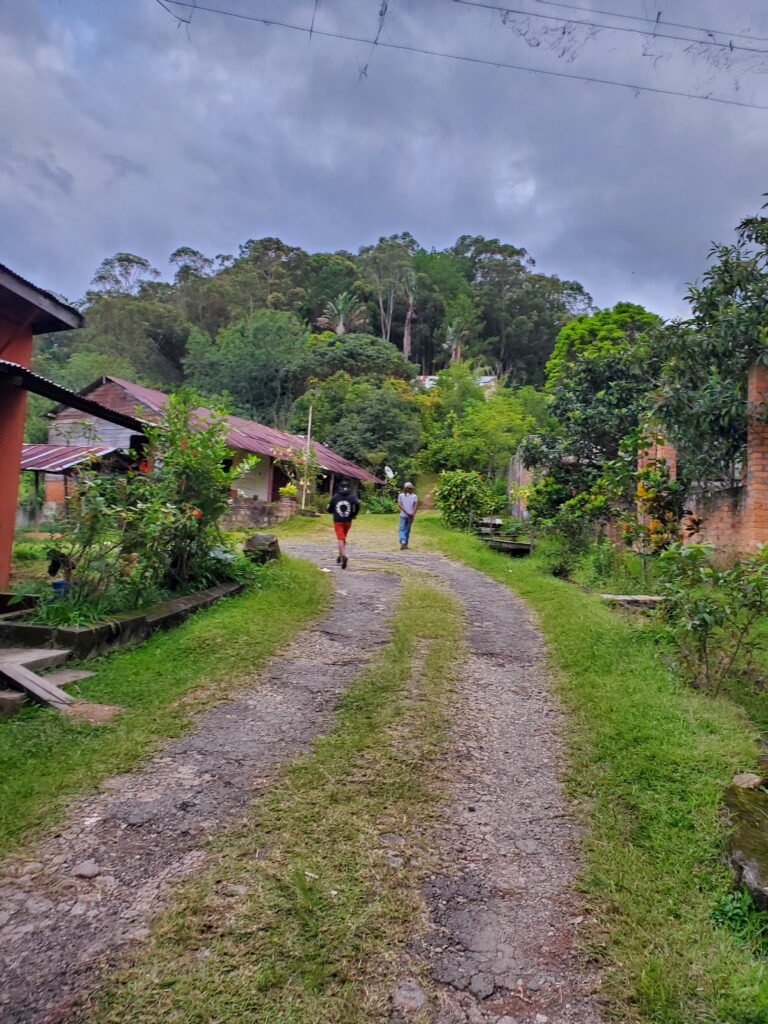
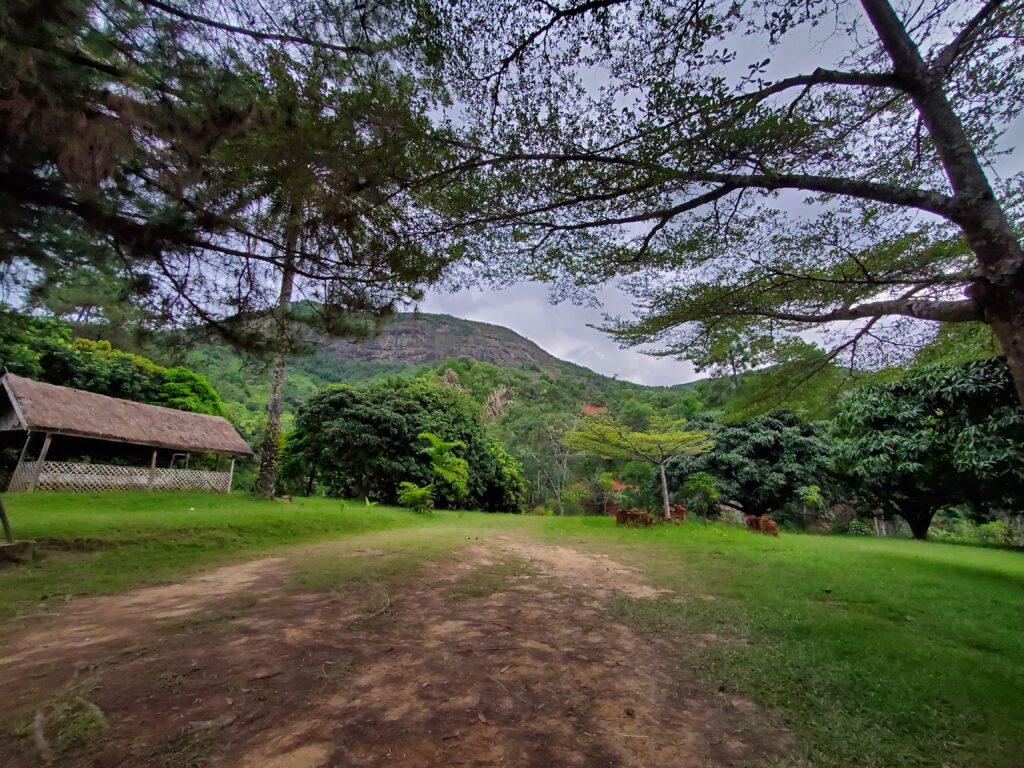
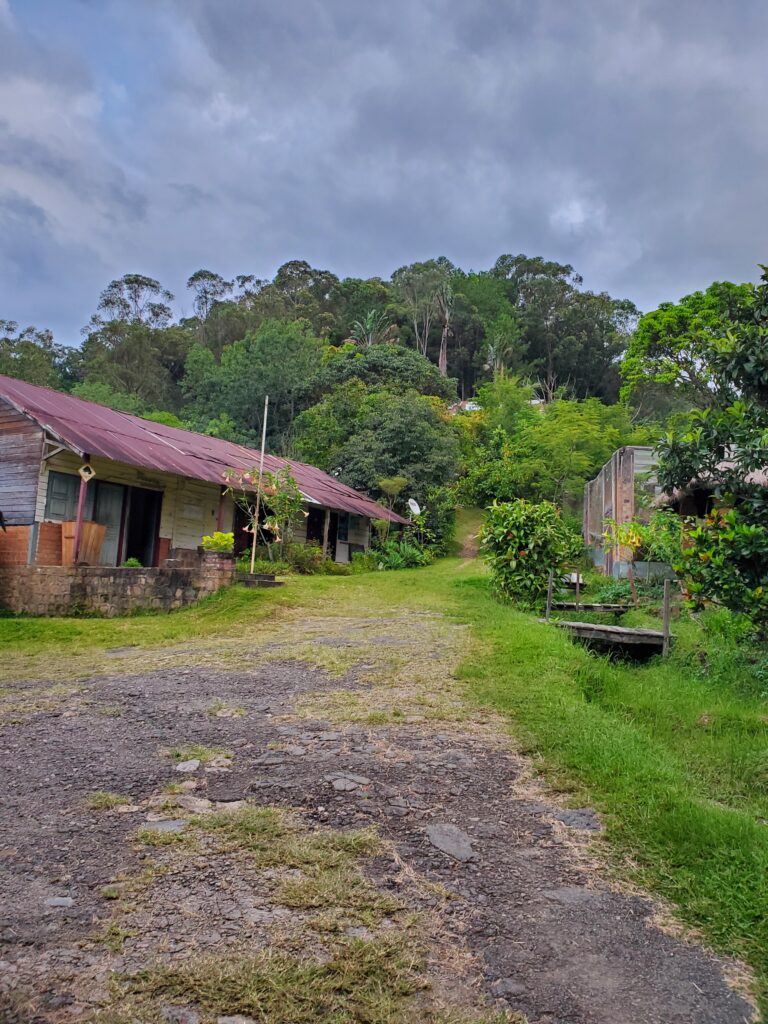
The captivating history and ideal location of the Pereyras Reserve.
The Pereyras Reserve at Marozevo, along the RN2, is a must-see before reaching Andasibe National Park. After the descent from Mandraka, it is open 7 days a week. Its strategic geographical position makes it an accessible destination for visitors.
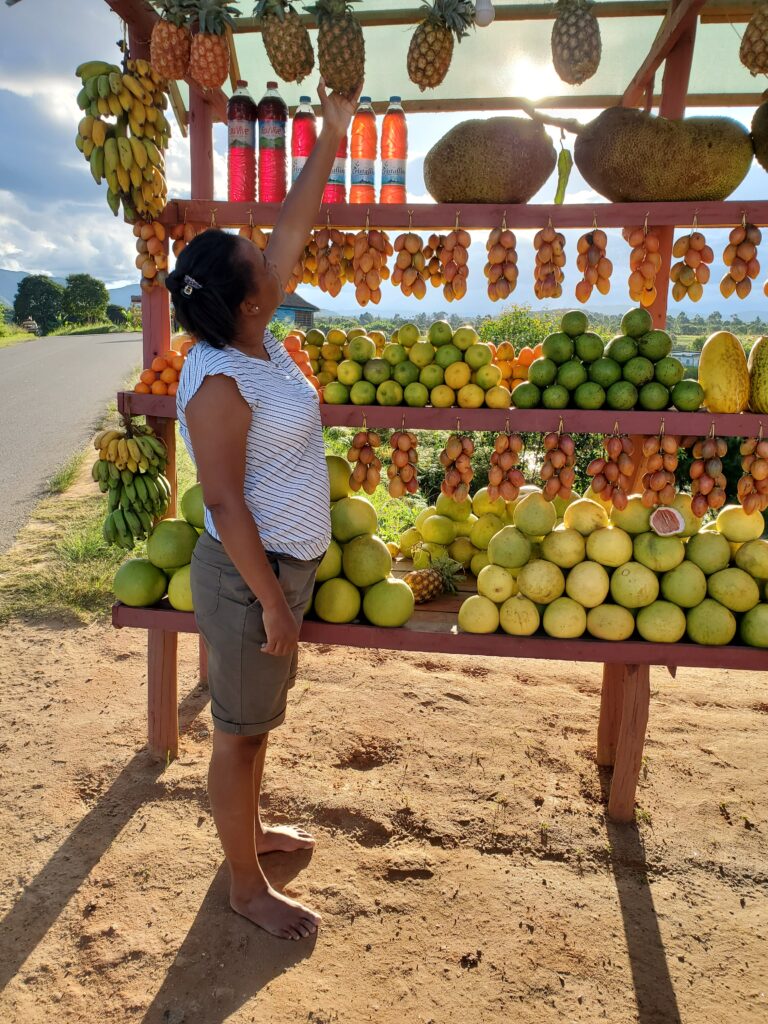
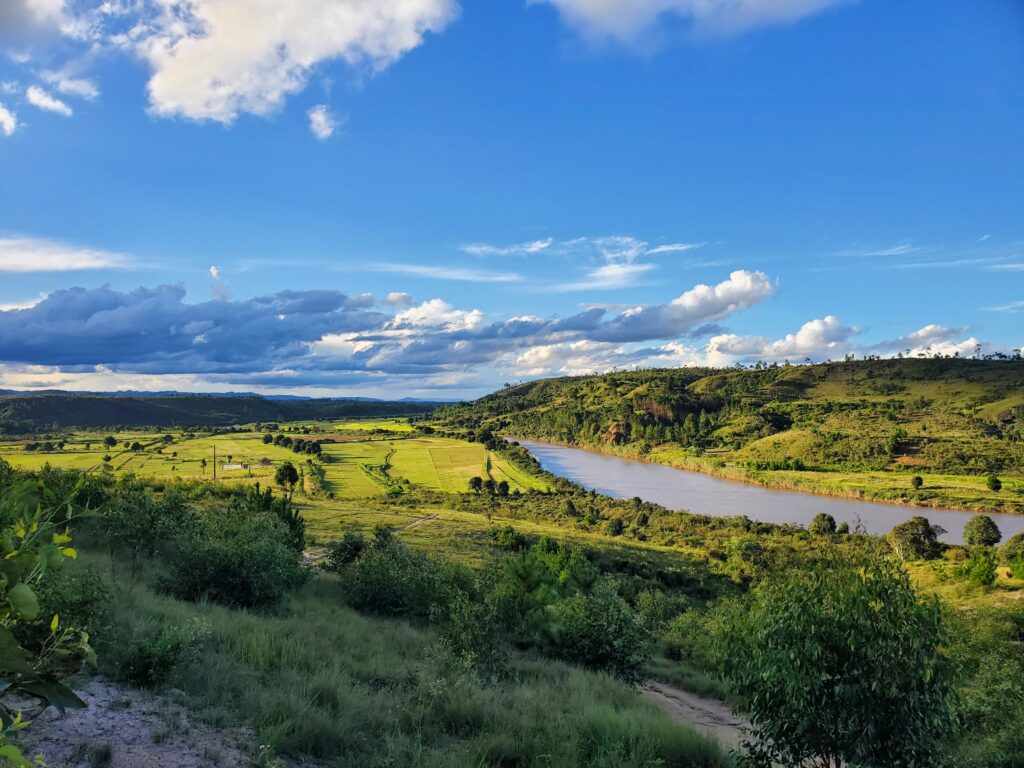
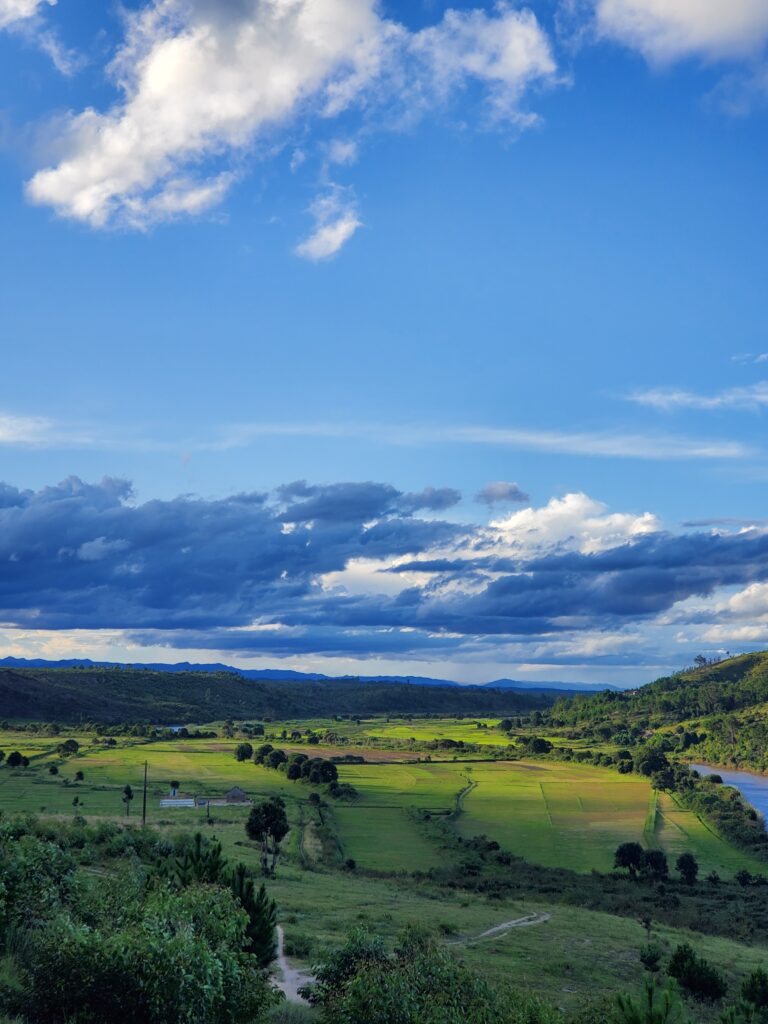
The history of the Pereyras Reserve dates back to the end of the 20th century. The acquisition of the estate by Dr. Frank Randimbiarison Pereyras led to the preservation of its unique flora and fauna. As an entomologist and naturalist, he has dedicated his life to conservation and research. The property was thus transformed into a haven for Madagascar’s endemic species. Documenting and preserving the island’s endangered endemic species are the goals of his team.
Exceptional biodiversity defies expectations at the Pereyras reserve.
A visit to this site invites you to experience aquatic and ornamental plants, and a diversity of animals. Particularly popular with photographers, it offers exceptional proximity to the flora and fauna.
Wildlife turns Pereyras into a natural paradise

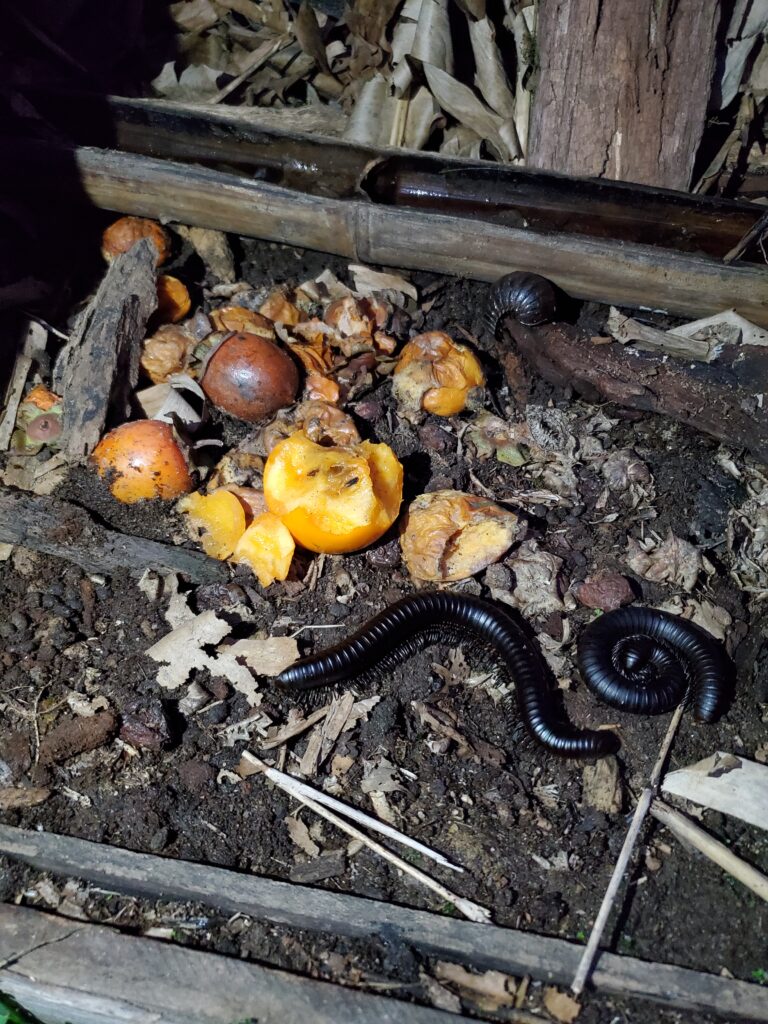
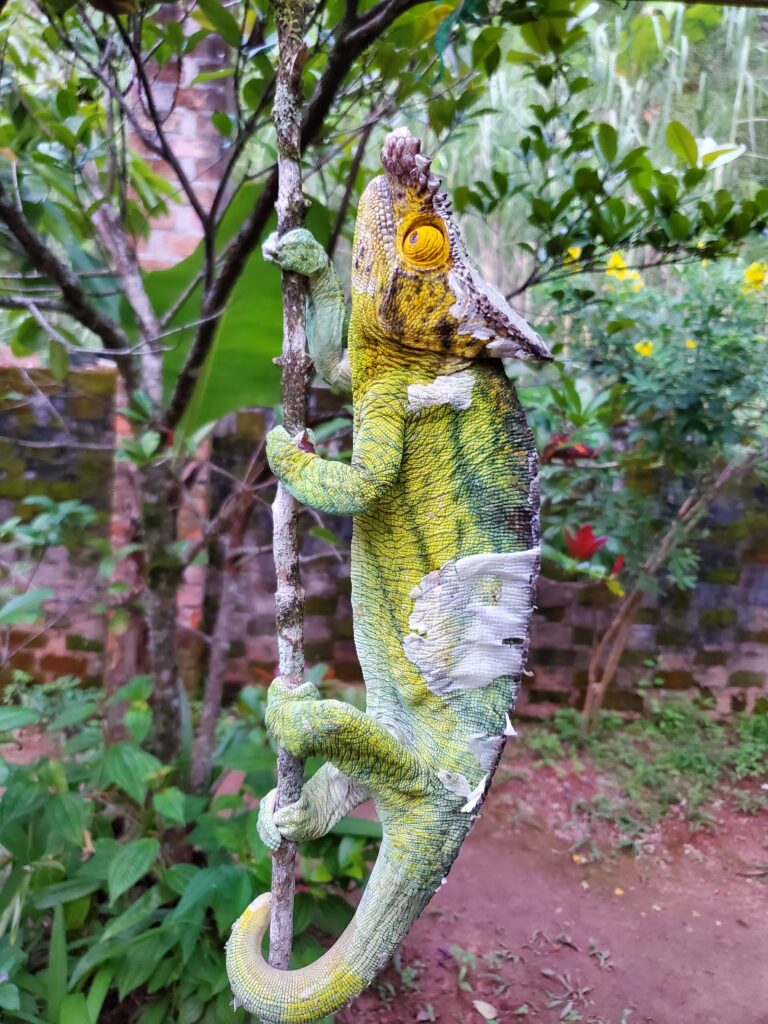
The reserve is home to a diversity of reptiles, including snakes, geckos, iguanas and crocodiles. These fascinating creatures are often the focus of observations by visitors and researchers alike.
Amphibians, including various species of frogs and toads, contribute to the diversity of aquatic habitats in the reserve.
The Peyrieras Reserve is home to two species of lemur, the Sifaka and the Fulvus. These endemic primates add another dimension to the reserve’s wildlife experience.
The reserve is also famous for its chameleons, including the brightly-colored panther chameleon (Furcifer pardalis).
The magnificent flora of Pereyras, a living tableau to discover
The reserve’s rice paddy valleys and wetlands are home to a variety of aquatic plants, contributing to the ecological richness of the ecosystem.
The reserve’s gardens feature a variety of native ornamental plants, highlighting Madagascar’s natural beauty.
The landscapes feature mango trees and lychee plantations, adding an agricultural touch to the environment.
Orchids, baobabs, palms and many other indigenous plants contribute to the botanical richness of the region.
How are education, research and culture redefining Pereyras?
The Pereyras Reserve also offers numerous opportunities for nature lovers and researchers.
Visitors can take part in guided tours highlighting the importance of conservation. You can observe the animals in their natural environment.
Researchers can access research facilities and study programs on flora and fauna.
Guests can discover local traditions. The cuisine and handicrafts call for community activities. It’s a place where nature conservation and sustainable development come together.

